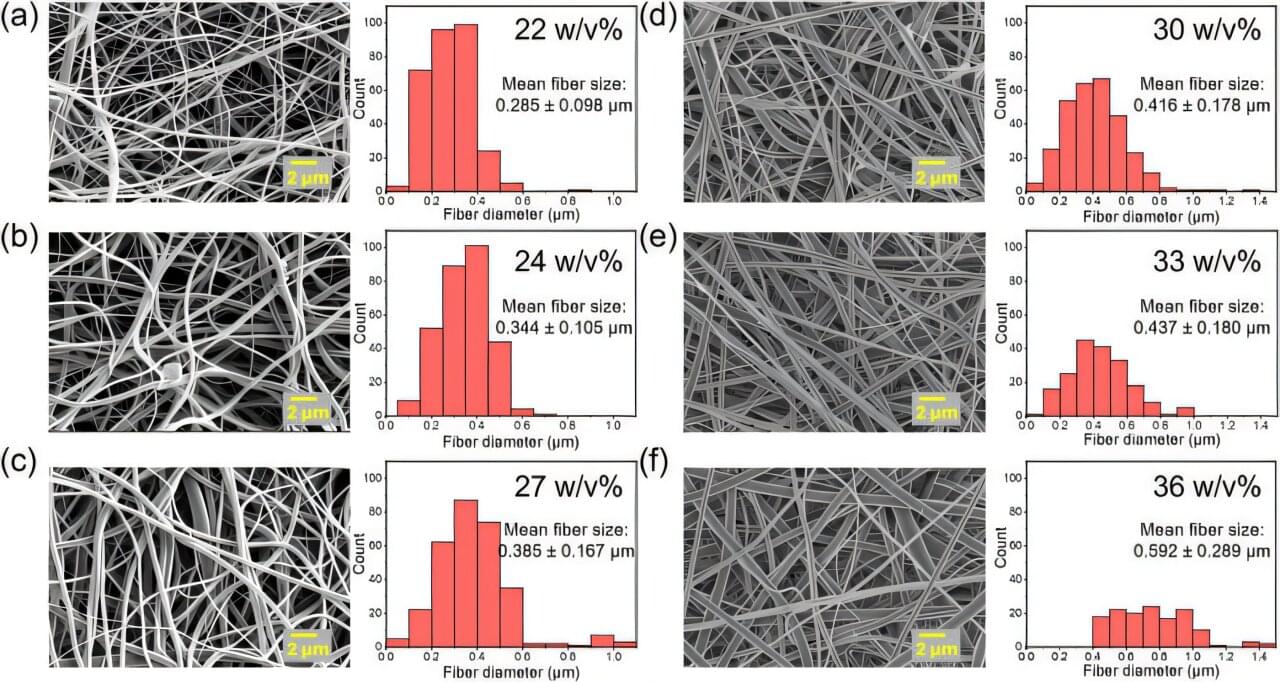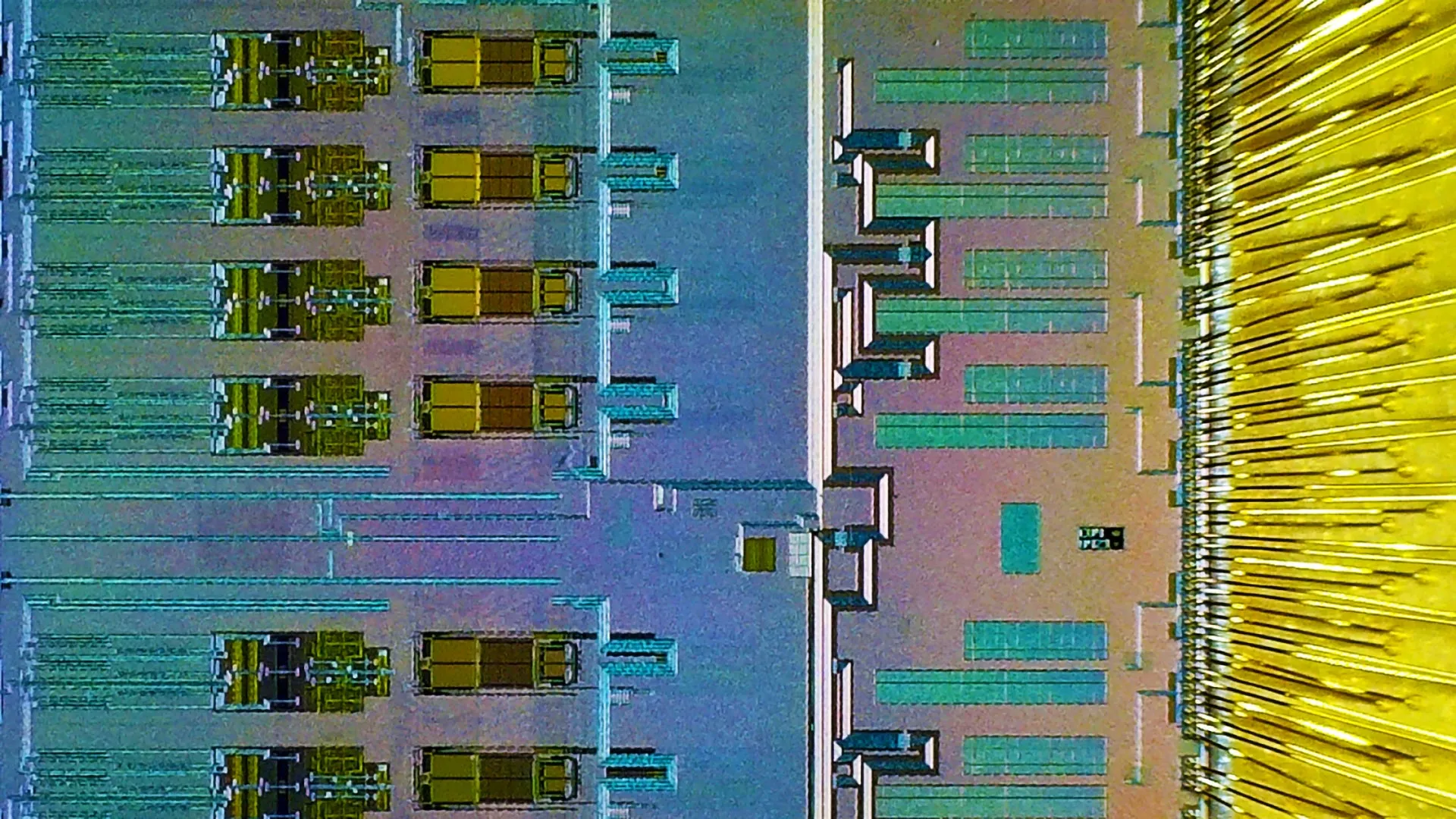The team wanted to create a cinematic experience.
Get the latest international news and world events from around the world.

Modern tattooers meet their ancient match with the ice mummies of Siberia
An international team of archaeologists has used high-resolution digital imaging techniques to examine tattoos on a more than 2,000-year-old ice mummy from the Pazyryk culture of Siberia, shedding light on individual craftsmanship in prehistoric Siberian tattooing for the first time.
Tattooing was likely widespread during prehistory, but the lack of surviving tattoos means it is difficult to investigate. The so-called “ice mummies” of the Altai mountains are an exception, since their deep burial chambers encased in permafrost sometimes preserve the skin (and therefore tattoos) of those buried within.
“The tattoos of the Pazyryk culture-Iron Age pastoralists of the Altai Mountains-have long intrigued archaeologists due to their elaborate figural designs,” states senior author of the research, Dr. Gino Caspari from the Max Planck Institute of Geoanthropology and the University of Bern.

Researchers develop flexible fiber material for self-powered health-monitoring sensors
Could clothing monitor a person’s health in real time, because the clothing itself would be a self-powered sensor? A new material created through electrospinning, which is a process that draws out fibers using electricity, brings this possibility one step closer.
A team led by researchers at Penn State has developed a new fabrication approach that optimizes the internal structure of electrospun fibers to improve their performance in electronic applications. The team has published its findings in the Journal of Applied Physics.
This novel electrospinning approach could open the door to more efficient, flexible and scalable electronics for wearable sensors, health monitoring and sustainable energy harvesting, according to Guanchun Rui, a visiting postdoctoral student in the Department of Electrical Engineering and the Materials Research Institute and co-lead author of the study.
Living in Code: What the Simulation Singularity Reveals About Our Reality
Ever since I first contemplated the profound possibility that our universe might be a kind of simulation, I’ve been consumed by the question: What happens when the simulated begins to simulate? The Simulation Singularity, a central theme in my book The In


Cyberpunk: Envisioning Possible Futures Through Cinema
Paris theater — cyberpunk: envisioning possible futures through cinema.
This series was programmed to accompany the museum’s exhibition Cyberpunk: Envisioning Possible Futures Through Cinema.
Tickets are available below for purchase by the public, while Academy members can request tickets at membership.oscars.org.


New computer program mimics cell behavior for faster medical discoveries
Using mathematical analysis of patterns of human and animal cell behavior, scientists say they have developed a computer program that mimics the behavior of such cells in any part of the body. Led by investigators at Indiana University, Johns Hopkins Medicine, the University of Maryland School of Medicine and Oregon Health & Science University, the new work was designed to advance ways of testing and predicting biological processes, drug responses and other cell dynamics before undertaking more costly experiments with live cells.
With further work on the program, the researchers say it could eventually serve as a “digital twin” for testing any drug’s effect on cancer or other conditions, gene environment interactions during brain development, or any number of dynamic cellular molecular processes in people where such studies are not possible.
Funded primarily by the Jayne Koskinas Ted Giovanis Foundation and the National Institutes of Health, and leveraging prior knowledge and data funded by the Lustgarten Foundation and National Foundation for Cancer Research, the new study and examples of cell simulations are described online July 25 in the journal Cell.

Not Big Bang, new theory uses ‘Gravity’ and ‘Quantum Physics’ to explain the universe’s birth
A groundbreaking study from the Universities of Barcelona and Padua challenges the inflation theory, suggesting the universe began from a stable De Sitter space, driven by gravity and quantum mechanics alone. This model explains the formation of cosmic structures through quantum fluctuations evolving into gravitational waves, offering a simpler, testable alternative to the Big Bang’s fiery start.

Building electronics that don’t die: Columbia’s breakthrough at CERN
Deep beneath the Swiss-French border, the Large Hadron Collider unleashes staggering amounts of energy and radiation—enough to fry most electronics. Enter a team of Columbia engineers, who built ultra-rugged, radiation-resistant chips that now play a pivotal role in capturing data from subatomic particle collisions. These custom-designed ADCs not only survive the hostile environment inside CERN but also help filter and digitize the most critical collision events, enabling physicists to study elusive phenomena like the Higgs boson.